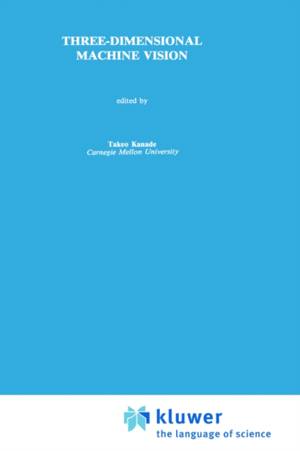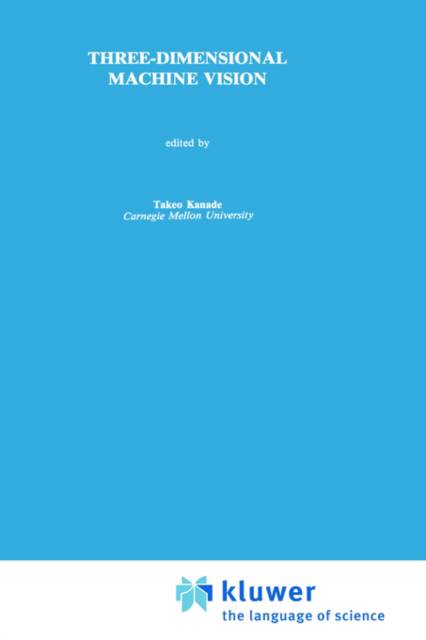
- Afhalen na 1 uur in een winkel met voorraad
- Gratis thuislevering in België vanaf € 30
- Ruim aanbod met 7 miljoen producten
- Afhalen na 1 uur in een winkel met voorraad
- Gratis thuislevering in België vanaf € 30
- Ruim aanbod met 7 miljoen producten
Zoeken
Omschrijving
Arobotmustperceivethethree-dimensionalworldifitistobeeffective there. Yet recovering 3-D information from projected images is difficult, and still remains thesubjectofbasic research. Alternatively, onecan use sensorsthatcanprovidethree-dimensionalrangeinformationdirectly. The technique ofprojecting light-stripesstartedto be used in industrialobject recognition systems asearly asthe 1970s, andtime-of-flight laser-scanning range finders became available for outdoor mobile robotnavigation in the mid-eighties. Once range data are obtained, a vision system must still describe the scene in terms of 3-D primitives such as edges, surfaces, and volumes, and recognize objeCts of interest. Today, the art of sensing, extractingfeatures, and recognizing objectsbymeans ofthree-dimensional rangedataisoneofthemostexcitingresearchareasincomputervision. Three-Dimensional Machine Vision is a collection of papers dealing withthree-dimensionalrangedata. Theauthorsarepioneeringresearchers: some are founders and others are bringingnew excitements in thefield. I have tried to select milestone papers, and my goalhas beento make this bookareferenceworkforresearchersinthree-dimensionalvision. The book is organized into four parts: 3-D Sensors, 3-D Feature Extractions, ObjectRecognitionAlgorithms, andSystemsandApplications. Part I includes four papers which describe the development of unique, capable 3-D range sensors, as well as discussions of optical, geometrical, electronic, and computational issues. Mundy and Porter describe asensor systembasedonstructuredilluminationforinspectingmetalliccastings. In order to achieve high-speed data acquisition, it uses multiple lightstripes withwavelength multiplexing. Case, Jalkio, andKim alsopresentamulti- stripe system and discuss various design issues in range sensing by triangulation. ThenumericalstereocameradevelopedbyAltschuler, Bae, Altschuler, Dijak, Tamburino, and Woolford projects space-coded grid patterns which are generated by an electro-optical programmable spatial viii PREFACE light modulator. Kanade and Fuhrman present a proximity sensor using multipleLEDswhich areconically arranged. Itcan measurebothdistance andorientationofanobject'ssurface.
Specificaties
Betrokkenen
- Auteur(s):
- Uitgeverij:
Inhoud
- Aantal bladzijden:
- 610
- Taal:
- Engels
- Reeks:
- Reeksnummer:
- nr. 21
Eigenschappen
- Productcode (EAN):
- 9780898381887
- Verschijningsdatum:
- 31/03/1987
- Uitvoering:
- Hardcover
- Formaat:
- Genaaid
- Afmetingen:
- 156 mm x 234 mm
- Gewicht:
- 1038 g

Alleen bij Standaard Boekhandel
+ 828 punten op je klantenkaart van Standaard Boekhandel
Beoordelingen
We publiceren alleen reviews die voldoen aan de voorwaarden voor reviews. Bekijk onze voorwaarden voor reviews.











